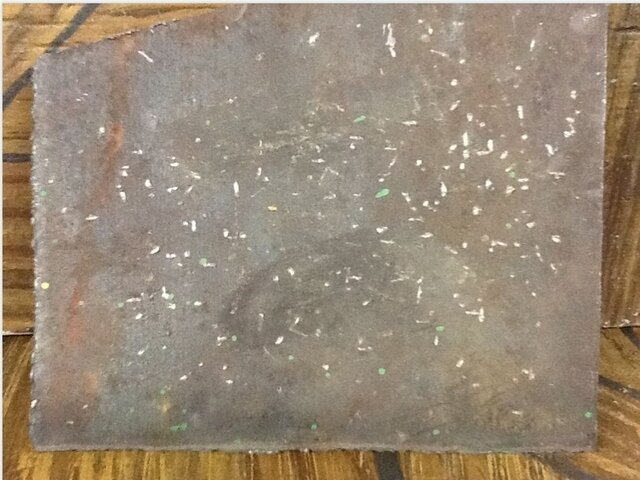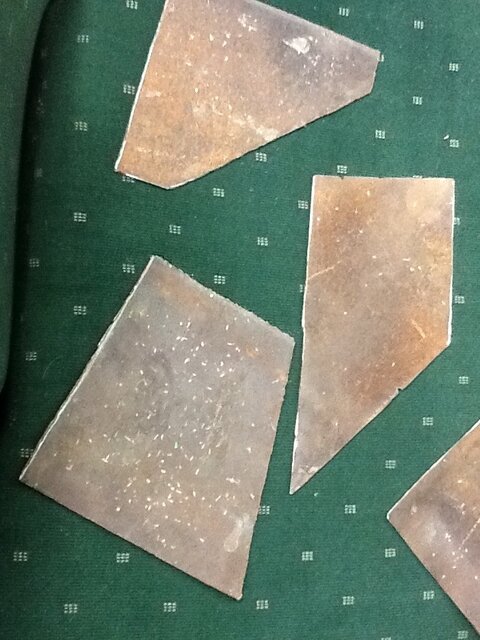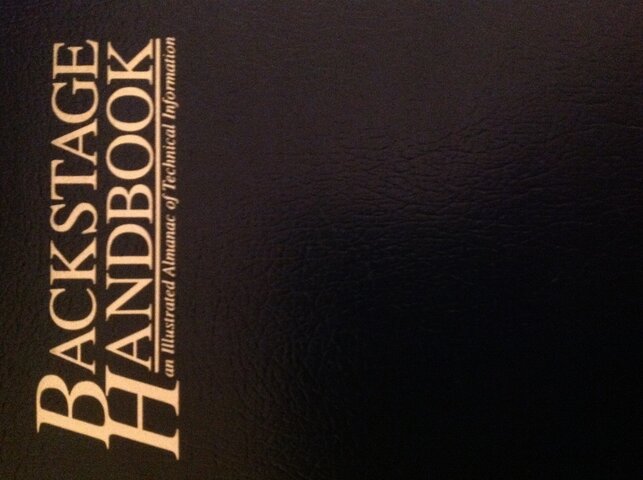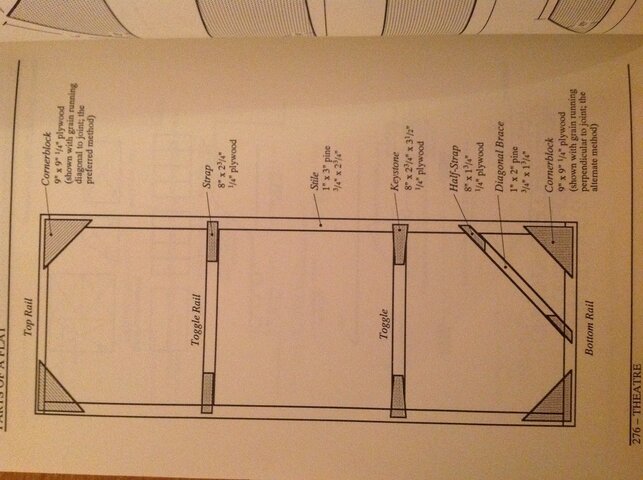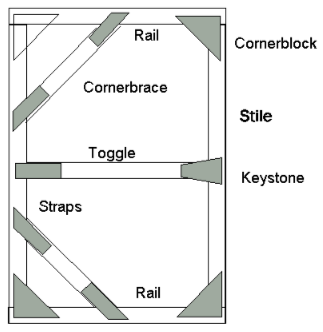You are using an out of date browser. It may not display this or other websites correctly.
You should upgrade or use an alternative browser.
You should upgrade or use an alternative browser.
Yet another 'What is it?'
- Thread starterderekleffew
- Start date
Thanks for the hint, derekleffew. I would never have guessed that, as I have never used that method.
Part of a large barn door assembly? Armour plating off of a world war 1 era tank? Guillotine blades? They look homeade, roughcut, and different sized, so I'd assume that precision is not required of whatever application they fill.
Last edited:
Part of a large barn door assembly? Armour plating off of a world war 1 era tank? Guillotine blades? They look homeade, roughcut, and different sized, so I'd assume that precision is not required of whatever application they fill.
Nope. you would have found these in the scene shop, not the E-shop.
they are homemade, ruff cut, with the edges ground smooth to make them easier to handle.
Updates in shop technology left the need for them in the dust long ago.
theatrestagemanager
Member
Based on their shapes it looks like they might have been used as weights to hold Cornerblocks, Keystones, and Straps in place when building flats. Just a guess.
JChenault
Well-Known Member
Based on their shapes it looks like they might have been used as weights to hold Cornerblocks, Keystones, and Straps in place when building flats. Just a guess.
Not sure what you mean by "Strap". Do you mean 'Toggle" IE the horizontal piece of wood in the center of the flat that connects the two Rails ( long side pieces)?
Rails are the top and bottom of a flat
a stile is the long side
see Larry Wild's StageCraft resource page and his reference to
J. Michael Gillette's book "Design and Production"
a stile is the long side
see Larry Wild's StageCraft resource page and his reference to
J. Michael Gillette's book "Design and Production"
Last edited:
theatrestagemanager
Member
Based on their shapes it looks like they might have been used as weights to hold Cornerblocks, Keystones, and Straps in place when building flats. Just a guess.
It may be "just a guess" but it is the best one so far. Your are in the ball park. but they are not weights.
Welcome to the Forum ! check out the new member board and introduce yourself. Enjoy
New Member Board
Not sure what you mean by "Strap".
A [-]flat, hollywood's[/-] flat, Broadway's rail and stile are connected with a corner block.
A toggle is connected to the stiles with a keystone.
When used, a diagonal (called a "cornerbrace" in the illustration below) is connected with a strap (sometimes called a half-keystone).

Scene shop
-----
I too, wondered about the shapes in the picture in post#3, but decided it was purely coincidental.Based on their shapes it looks like they might have been used as weights to hold Cornerblocks, Keystones, and Straps in place when building flats. Just a guess.
(Posted simultaneously with the above.) FWIW, I feel The Backstage Handbook's illustration errs in not showing two diagonal braces. If a flat is wide/tall enough to warrant their use, they should be used in pairs, both on the same stile, not in opposing corners.
Attachments
Last edited:
a metal plate of this size is not going to hold a flat square.They look like they might be used as framing squares, to hold two parts at a fixed angle to they could be joined.
stick with your framing square, the 3-4-5 method and corner to corner measurement to keep your flats square and true.
what kind of tools and hardware were commonly available to the scenic carpenter 40 or more years ago?
Last edited:
JChenault
Well-Known Member
Rails are the top and bottom of a flat
a stile is the long side
see Larry Wild's StageCraft resource page and his reference to
J. Michael Gillette's book Theatrical Design and Production
Argggg. You are all so right
Does this mean I have to return my Jr TD merit badge?
Or can we just consider this a momentary lapse
MPowers
Well-Known Member
Brief note. A Hollywood flat is built with the framing lumber on edge to the face. A Broadway style flat is just that, flat. That is the lumber is oriented with the face of the board parallel to the face of the flat, as shown in the illustrations shown in the other posts.
A minor hint here. The object in question was sometimes eliminated from a scene shop's inventory if the floor was poured concrete instead of wood, but concrete was not as good for the intended purpose.
Similar threads
- Replies
- 1
- Views
- 154
- Replies
- 0
- Views
- 765
- Replies
- 28
- Views
- 6K
- Replies
- 0
- Views
- 758
Users who are viewing this thread
Total: 1 (members: 0, guests: 1)



